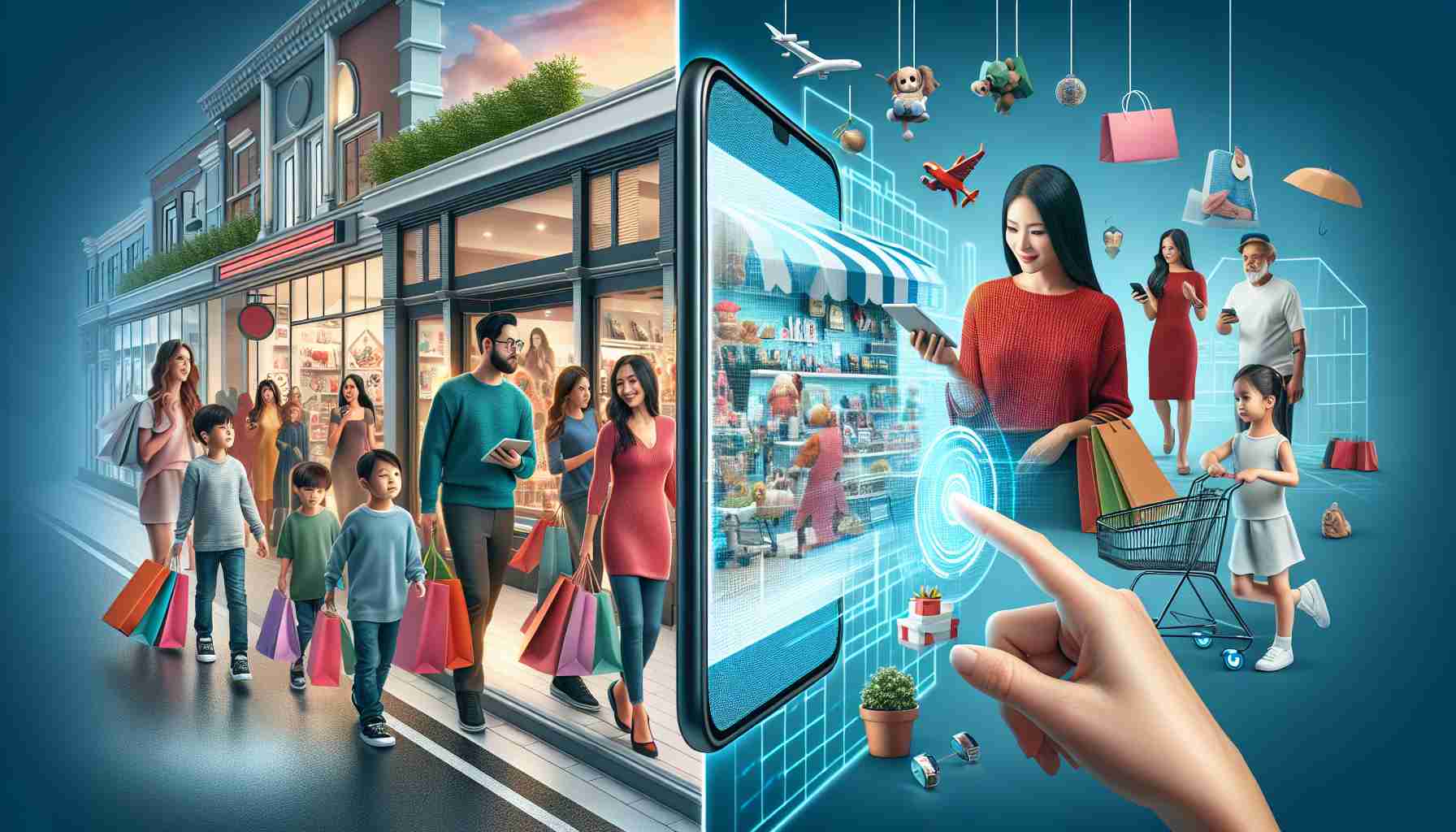Smartphones Shift Shopping Behaviors Even Beyond the Web
Consumers are no longer solely relying on online platforms for price comparisons; in-store shopping experiences are now being enhanced by digital tools. Retail customers often pull out their smartphones to compare prices or dig deeper into product details, without ever having to leave the store floor. Retailers are advised to integrate their digital presence with their physical storefronts to cater to this new consumer habit.
Survey Reveals Mobile Price Checking in Stores
A recent Omni-Channel study from the Research Center for Retail Management at the University of St.Gallen uncovered that 20% of consumers in the German-speaking regions of Europe (DACH) use their smartphones in-store to compare prices. Additionally, these shoppers also actively seek product information (13%) and check customer reviews (7%) while browsing physical shelves. This trend is more pronounced among electronics purchases, with 25% comparing prices, 13% looking for additional information, and 12% reading online reviews all while standing in the physical store.
The Implications for Retailers
This researching behavior underscores the blending of online and offline shopping experiences. While fewer physical competitor stores may be visited, their online offerings are checked more frequently, making smartphone use in stores as common as online shopping in terms of comparing offerings. With this shift, retailers are facing increased pressure to enhance the in-store experience with digital capabilities.
For instance, providing an optimized store app can help. Ikea has been proactive in this area, allowing customers to scan products in-store for additional information or home delivery options. This not only counters the trend of price checking with competitors but also streamlines the shopping process for the consumer.
Retailers Must Stay Vigilant
Nonetheless, the presence of mobile devices in stores doesn’t shield retailers from customers viewing competitors’ online offers. In response, businesses should closely monitor competitor websites and adapt their offerings where necessary, knowing that for pricier purchases, consumers tend to seek out more touchpoints before making a purchase decision.
These insights are based on the analysis of shopping behaviors of Omni-Channel shoppers in Germany, Austria, and Switzerland, contributing to a body of research that includes surveys from previous years, as well as highlighting a resurgence in physical retail’s significance.
Emergence of Omnichannel Retailing
The line between in-store and online shopping is increasingly blurring due to the emergence of omnichannel retailing. Omnichannel strategies involve a seamless integration of various shopping channels—mobile internet devices, computers, bricks-and-mortar, television, radio, direct mail, catalog, and more—to offer a unified customer experience. The growth of mobile commerce (m-commerce) plays a pivotal role in this evolution, with shoppers using smartphones for a variety of shopping-related activities such as conducting price comparisons, searching for product information, and reading reviews, as highlighted by the University of St.Gallen study.
Digital Transformation in Retail
Retailers are amidst a digital transformation that requires them to not only maintain a strong online presence but also to integrate their physical stores with digital tools. The telecommunications infrastructure, like 4G and 5V networks, has enabled this rapid digital shift, providing consumers with fast and constant connectivity. Technologies such as augmented reality (AR), virtual reality (VR), and beacons are further bridging the gap between digital and physical worlds, enhancing the in-store experience by allowing virtual try-ons or sending tailored promotions straight to a customer’s smartphone.
Personalized Shopping Experience
The ability to personalize the shopping experience using data analytics is a major benefit of integrating digital and physical retail. Retailers can leverage data gathered from both online and in-store interactions to better understand customer preferences and behaviors, allowing for personalized recommendations, targeted advertising, and customized promotions both in-store and online.
Key Challenges and Controversies
One of the biggest challenges facing retailers is maintaining price competitiveness while providing added value to customers through the digital-physical integration. There is also the issue of data privacy, where the use of personal data for customization comes with the need for strict data protection measures. Another challenge is ensuring staff is well-trained to handle the technology and to provide the human touch that digital interfaces can’t fully replicate.
Advantages and Disadvantages
Advantages of the retail evolution include:
– Enhanced Customer Experience: Digital tools can improve the in-store experience, making shopping more convenient and informative.
– Data-Driven Insights: Retailers can better understand customer preferences and tailor their services accordingly.
– Increased Sales Platforms: Multiple channels increase the number of touchpoints, potentially leading to increased sales.
Disadvantages could be:
– Security Risks: Greater use of personal data can lead to increased risk of data breaches.
– High Implementation Costs: Integrating technology can be expensive and complex.
– Over-dependency on Technology: A heavy reliance on digital tools may alienate certain customer demographics who prefer traditional shopping experiences.
Suggested Related Links
For further reading about retail evolution and integration strategies between digital and physical outlets:
– National Retail Federation
– Retail Dive
Please ensure to trust the sources and the material provided through these links for extending the knowledge of the subject, as they play a major role in shaping the conversations around the future of retail.

